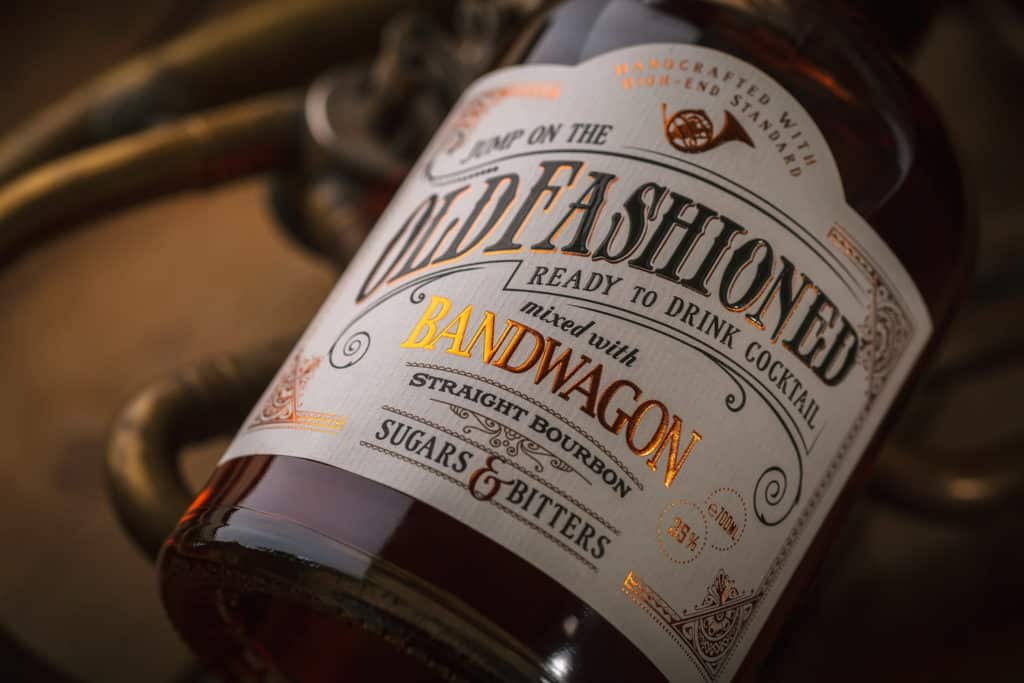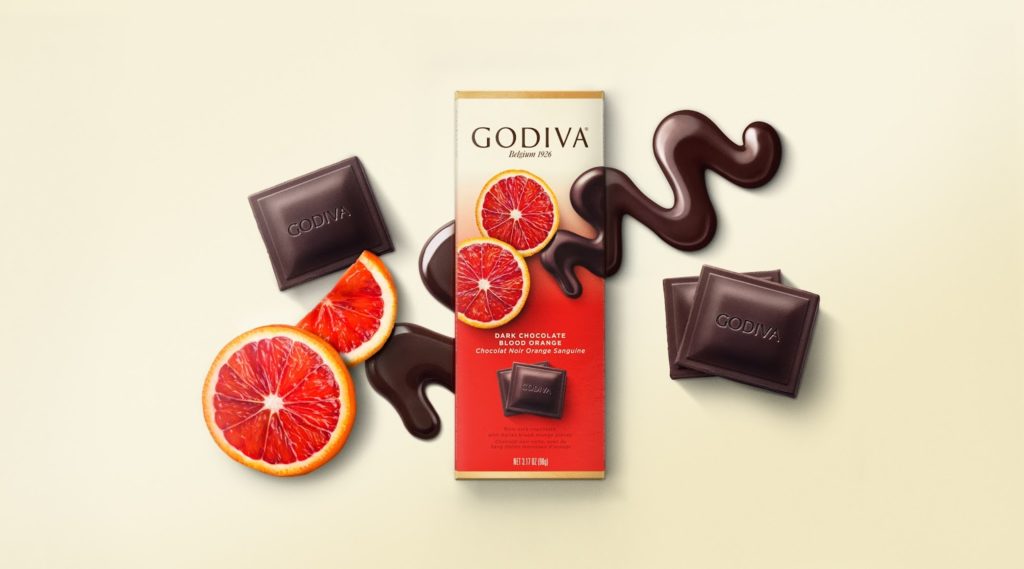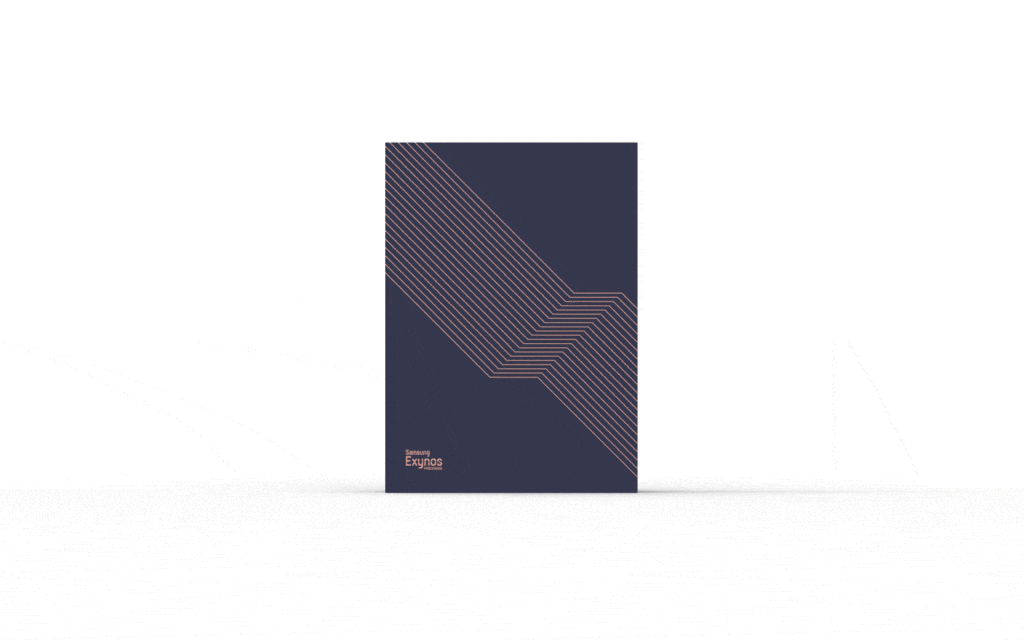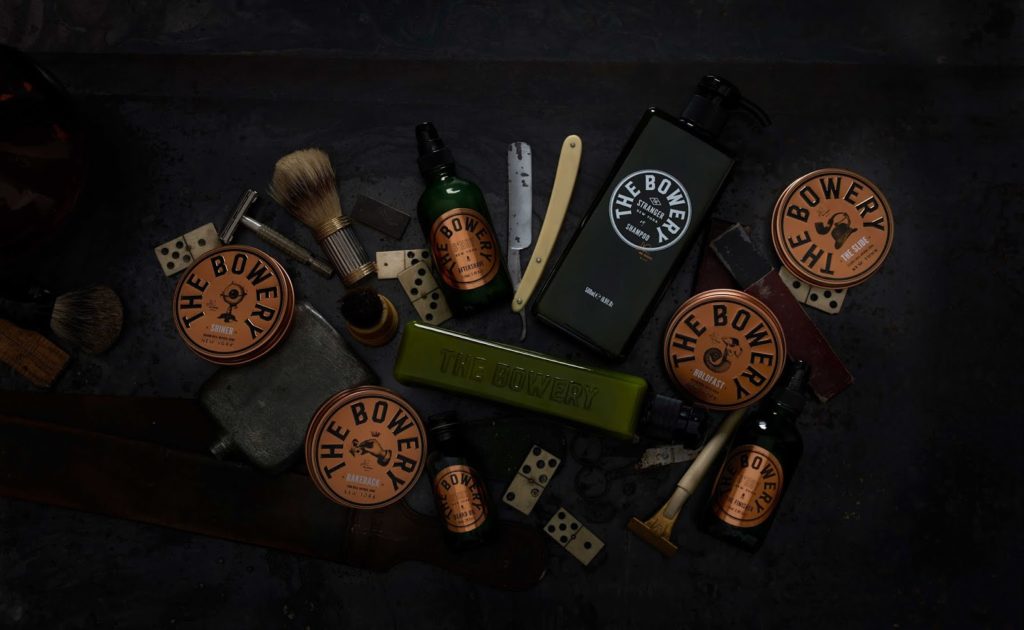What defines the brand packages that stand the test of time– are not only the identities’ voice itself, but the way in which the package interacts with both the voice and its consumers. This can only be determined in the preliminary stages of both the icon and brand asset creation, and the development of the package that holds its product. Problem is– how do the powers that be work together to create a product that is cohesive inside and out?
This issue has plagued the brand and packaging industries since their inception. How does a team of seemingly separate industries (design & production) provide a process for the client that is entirely united? Even though the approach to creating brand packages couldn’t be more different.
To provide a clear understanding, one must be walked through the process of when and what should be done throughout the approach of creating brand packages, as well as why its implementation is structured the way it is. To define each aspect clearly this approach includes Developing the initial brand voice, Identifying the proper materials, Considering the practicality of the product, Refining the brand voice, Keeping copy minimal, Expanding upon brand assets, and finally Not skimping on the printing.
DEVELOPING THE INITIAL BRAND VOICE
Brainstorming and developing mood boards are just the beginning. To truly understand your market– focus groups, surveys, and the alignment with what the CEO envisions must be defined to have a solid enough base to move forward with any design work. This can be done in a variety of ways, and does not have to be as expensive as one would initially believe.
Reaching out to communities to gauge their opinions for a proper brand can be as simple as going to your grocery store and asking questions that truly penetrate consumer preferences. For example, simply asking why someone made the purchase they did is not digging deep enough. Consumers are busy. Most don’t have the time or energy to compare the pros and cons of different brands in the grocery aisle. So by selecting a few competitors to focus on, and asking the consumers why the selected that particular brand versus the rest of you control group will usually provide a much deeper understanding as to how those brands are penetrating the market.
IDENTIFYING THE PROPER MATERIALS
There are several materials available for creating brand packages. Paper, plastic, and styrofoam being three of the most common. Keeping the production as well as the material itself as cost effective as possible of course. But, depending the initial development of the brand’s voice– companies should evaluate the options that best align to determine if it is logical to invest in more premium packaging materials or less so.
Recognizing the position of your brand, as well as your price point in the market and in the packaging will allow for you to select materials with a more informed perspective. For example, styrofoam packaging may be the best option financially for the package itself, however conversely would not align with an eco-friendly identity.
CONSIDERING THE PRACTICALITY OF THE PRODUCT
The practicality of a product deals with the every aspect of what defines the package. Shape, size, and functionality of packaging can be some of the more easily changeable aspects. But the major question that team’s need to be continually asking themselves are: Does the packaging make the product easier to use? While it makes total sense to focus on the eye-catching appeal of a product’s design, practicality is too often neglected. Think of ways to make the product easier to use, carry or store at home.
It’s also important to consider how easily the product can be taken out of the packaging. It is often that young products are packaged in thick plastic that is almost impossible to remove unless you happen to have a pair scissors. This is what you want to avoid while balancing the protective aspects of packaging. If you’re unsure how practical your product is, create a few mockup tests without branding, and draw as much feedback as possible from them. Any and all feedback is entirely necessary for making the best printed product possible.

REFINING THE BRAND’S VOICE
After the continued research and development of the product’s packaging materials it is too often that the brand is locked to the aesthetic that was initially developed. This usually generates what most can then perceive as a major discrepancy between the package itself and the brand. Or what is often seen by clients as unforeseen packaging issues the brand agency or printer may have overlooked.
This is why the refining of the brand’s voice is all the more necessary at this point in the process. As difficult as it maybe for the team that selected the brand voice and logo initially, it is more than necessary to not be married to it at that juncture. After all, great design isn’t about what any single individual or team wants. A great brand voice and logo is defined by how every single consumer can connect to the product experience.

KEEPING COPY MINIMAL
In the realm of products consumers have little time to make a decision. Thus your copy need to be as short and concise as possible. Moving beyond copy and using other brand assets such as photos and imagery are also great ways to describe your product or instructions without the need for words. If the product is small, then you’ll need to get creative. But if the product is large then the creativity will need to come through more with the use of negative space.

EXPANDING UPON BRAND ASSETS
Keeping copy to a minimum is great, but without supporting brand assets such a infographics and badges– any brand’s voice can fall flat. Like the copy, brand assets should be used sparingly on any product. Overwhelming a consumer with to much information, is actually one of the quickest ways to deter them from your product.
The rule to keep your designer and your consumers happy is the primary, secondary, and subsidiary rule. If your logo and brand name are the primary focus, it only makes sense to balance that with either your copy or brand assets as the secondary or subsidiary focal points.

NOT SKIMPING ON THE PRINTING
Investing in the highest quality printing up front will save headaches both for you and your consumers. Don’t skimp on printing costs for your products, unless you know for a fact that those printers can deliver your product. Ink can do any variety of things based on any variable of factors. Do not leave a bad taste in your consumer’s mouth simply because you wanted to save a buck. The quality of the printing will reflect the quality of your product– every time.
The experience consumers have through your packaging can make or break your brand, and can lead your brand down the path to bankruptcy or royalty. Nothing can replace clarity, security, practicality, and quality when creating brand packages – and each aspect plays an important role in the process.





